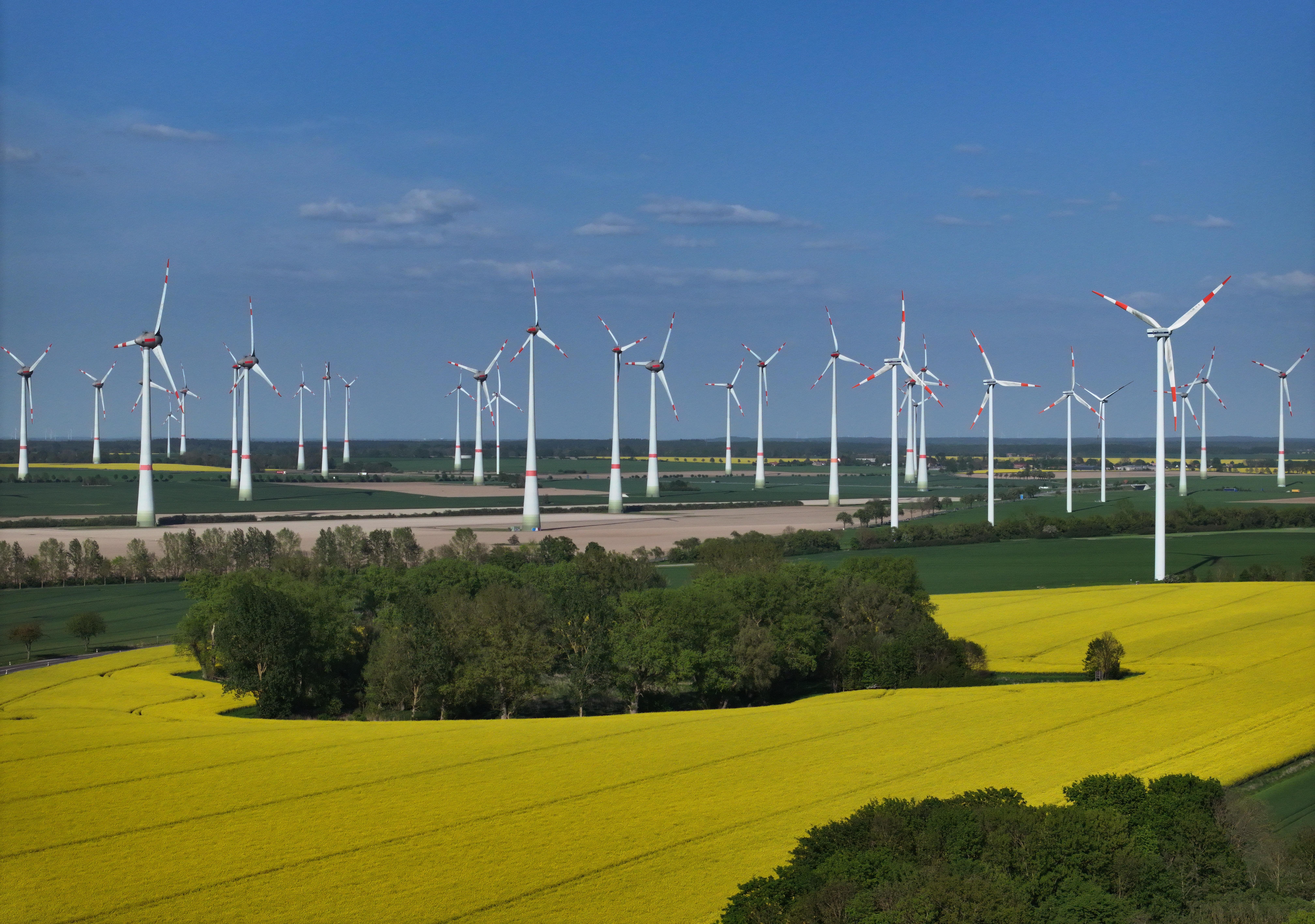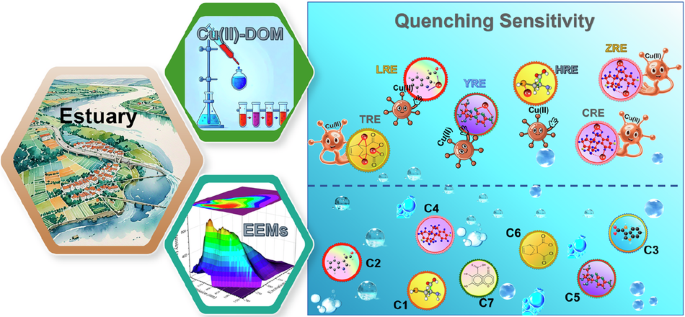Report on Green Public Procurement as a Catalyst for Sustainable Development Goals
1.0 Introduction
An analysis was conducted based on a discussion featuring researchers from Bruegel and the Open Contracting Partnership. The central theme is the strategic use of green public procurement (GPP) as a policy instrument. The report examines how government purchasing decisions can be optimized to support sustainability transitions, with a specific focus on achieving the United Nations Sustainable Development Goals (SDGs).
2.0 Core Objectives and Alignment with Sustainable Development Goals
The discussion centered on leveraging the public procurement cycle to advance key global sustainability targets. The primary linkages are outlined below:
- SDG 12: Responsible Consumption and Production: The core of the discussion aligns with Target 12.7, which calls for promoting sustainable public procurement practices. The analysis explores mechanisms to ensure government purchasing patterns are environmentally sound and resource-efficient.
- SDG 13: Climate Action: A significant focus was placed on how GPP can directly advance the climate transition. By prioritizing low-carbon goods, services, and technologies, public procurement becomes a critical tool for national and international climate mitigation strategies.
- SDG 8 (Decent Work and Economic Growth) & SDG 9 (Industry, Innovation, and Infrastructure): The report addresses the challenge of balancing environmental criteria with local economic impacts. Strategic GPP can stimulate local green economies, drive innovation in sustainable industries, and support the development of resilient infrastructure.
- SDG 17: Partnerships for the Goals: The collaboration between research institutions and non-governmental organizations to analyze and demystify the contracting cycle exemplifies the multi-stakeholder partnerships required to implement and monitor progress toward the SDGs.
3.0 Key Policy Questions and Challenges
The analysis identified several critical questions for policymakers aiming to integrate SDG principles into public procurement:
- How can European policy frameworks be enhanced to make the procurement process more effective in delivering sustainable outcomes?
- What methodologies can governments use to balance procurement price, product sustainability, and local economic development in line with SDG 8?
- How should the global context, including the sourcing of non-EU products, be managed to ensure a consistent commitment to sustainability goals?
- What measures can be taken to increase transparency and efficiency throughout the contracting cycle to ensure GPP objectives are met?
Analysis of Sustainable Development Goals in the Article
1. Which SDGs are addressed or connected to the issues highlighted in the article?
-
SDG 12: Responsible Consumption and Production
- The article’s central theme is “green public procurement,” which is the practice of governments purchasing goods and services that have a reduced environmental impact. This directly aligns with promoting sustainable patterns of consumption and production.
-
SDG 13: Climate Action
- The text explicitly asks how government purchasing can “advance the climate transition.” This question directly connects the practice of public procurement to the urgent need to combat climate change and its impacts.
-
SDG 8: Decent Work and Economic Growth
- The article raises the question of how governments can “balance price, product choices and the impact on their local economies.” This shows a connection to sustainable economic growth, as procurement decisions can be used to support local industries and jobs.
-
SDG 9: Industry, Innovation, and Infrastructure
- By focusing on “green” procurement, the discussion implies a need for sustainable and innovative products and industrial processes. Government purchasing power can create demand for and drive innovation in clean and environmentally sound technologies.
-
SDG 17: Partnerships for the Goals
- The article mentions a collaboration between Bruegel (a research institution) and the Open Contracting Partnership (a non-governmental organisation) to study and discuss the issue. It also touches upon the “global context and balancing the pros and cons of non-EU products,” which relates to global trade and partnerships.
2. What specific targets under those SDGs can be identified based on the article’s content?
SDG 12: Responsible Consumption and Production
-
Target 12.7: Promote public procurement practices that are sustainable, in accordance with national policies and priorities.
- This target is the most directly relevant. The entire article is about a study and discussion on “green public procurement” and how “European policy can do to make this process work better.” This is the exact subject of Target 12.7.
SDG 13: Climate Action
-
Target 13.2: Integrate climate change measures into national policies, strategies and planning.
- The question of how purchasing can “advance the climate transition” points directly to this target. Green public procurement is a specific policy tool that integrates climate considerations into the routine government activity of purchasing goods and services.
SDG 9: Industry, Innovation, and Infrastructure
-
Target 9.4: By 2030, upgrade infrastructure and retrofit industries to make them sustainable, with increased resource-use efficiency and greater adoption of clean and environmentally sound technologies and industrial processes.
- By creating demand for “green” products, public procurement acts as a powerful incentive for industries to innovate and adopt the cleaner, more sustainable technologies mentioned in this target.
3. Are there any indicators mentioned or implied in the article that can be used to measure progress towards the identified targets?
The article, being a brief introduction to a podcast, does not explicitly state any official UN indicators. However, it implies the need for measurement and directly relates to the substance of one specific indicator.
-
Indicator 12.7.1: Number of countries implementing sustainable public procurement policies and action plans.
- This indicator is strongly implied. The discussion about what “European policy can do to make this process work better” is fundamentally about the implementation and improvement of sustainable public procurement policies across countries. Measuring the adoption and effectiveness of these policies is the core of this indicator.
-
Implied Performance Indicators
- The question of how purchasing can “advance the climate transition” implies a need for indicators that would measure the climate impact of procurement decisions, such as the reduction in greenhouse gas emissions from government operations or the carbon footprint of purchased goods.
- Similarly, the question about the “impact on their local economies” implies the need for indicators to measure the economic effects of procurement, such as the value of contracts awarded to local or green-focused businesses.
4. Table of SDGs, Targets, and Indicators
| SDGs | Targets | Indicators |
|---|---|---|
| SDG 12: Responsible Consumption and Production | Target 12.7: Promote public procurement practices that are sustainable, in accordance with national policies and priorities. | Indicator 12.7.1 (Implied): Number of countries implementing sustainable public procurement policies and action plans. The article’s focus on improving European policy directly relates to this measurement. |
| SDG 13: Climate Action | Target 13.2: Integrate climate change measures into national policies, strategies and planning. | Implied: The article’s question about advancing the “climate transition” implies a need for indicators measuring the climate impact (e.g., emissions reduction) of procurement policies. |
| SDG 8: Decent Work and Economic Growth | Relates to balancing procurement choices with the “impact on their local economies.” | Implied: The need to measure the impact on local economies suggests indicators like the number of jobs created or the value of contracts awarded to local enterprises. |
| SDG 9: Industry, Innovation, and Infrastructure | Target 9.4: Upgrade infrastructure and retrofit industries to make them sustainable… with greater adoption of clean and environmentally sound technologies. | Not mentioned in the article. |
| SDG 17: Partnerships for the Goals | Relates to the collaboration between Bruegel and the Open Contracting Partnership and the discussion of the “global context.” | Not mentioned in the article. |
Source: bruegel.org






